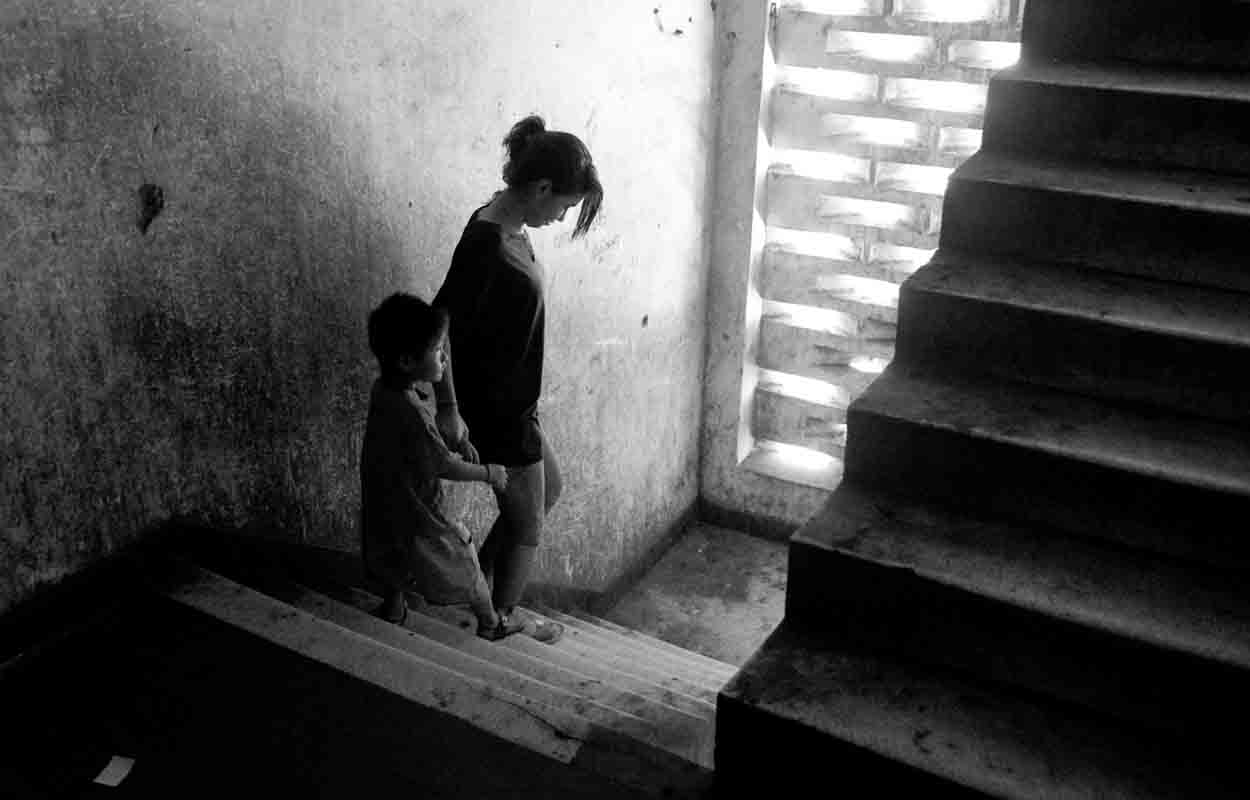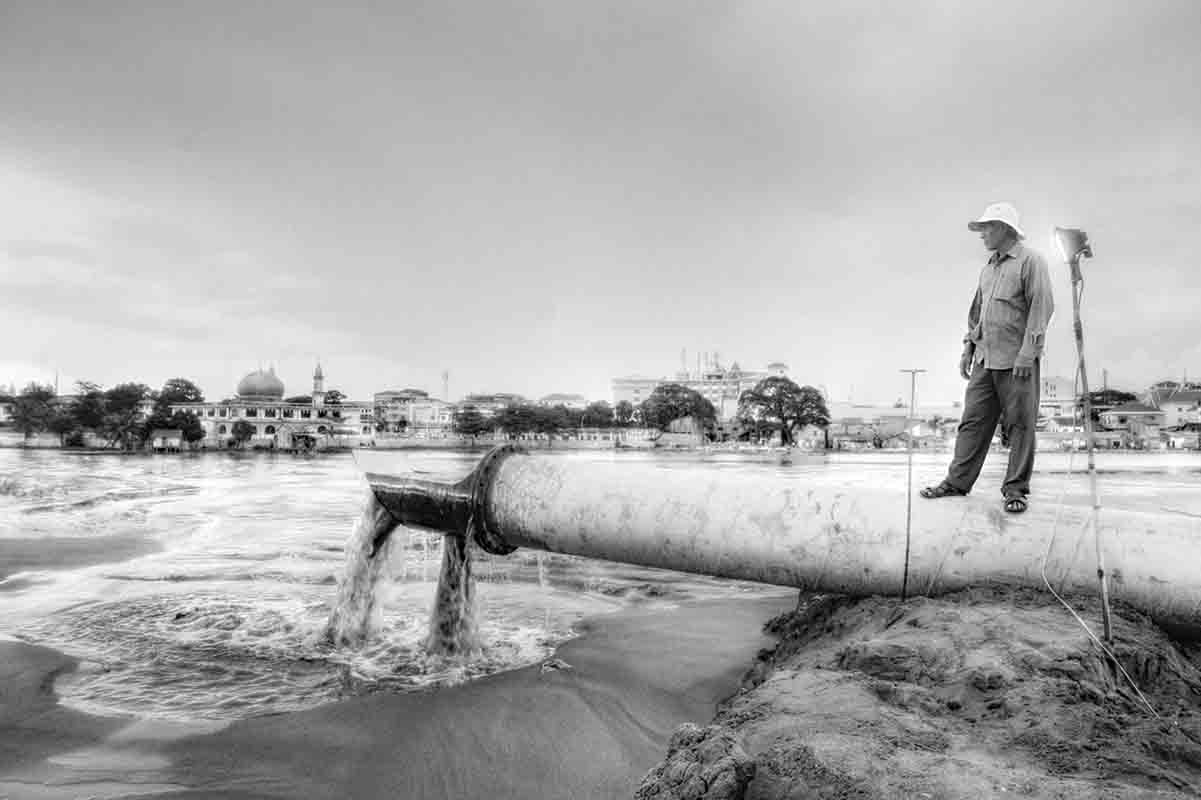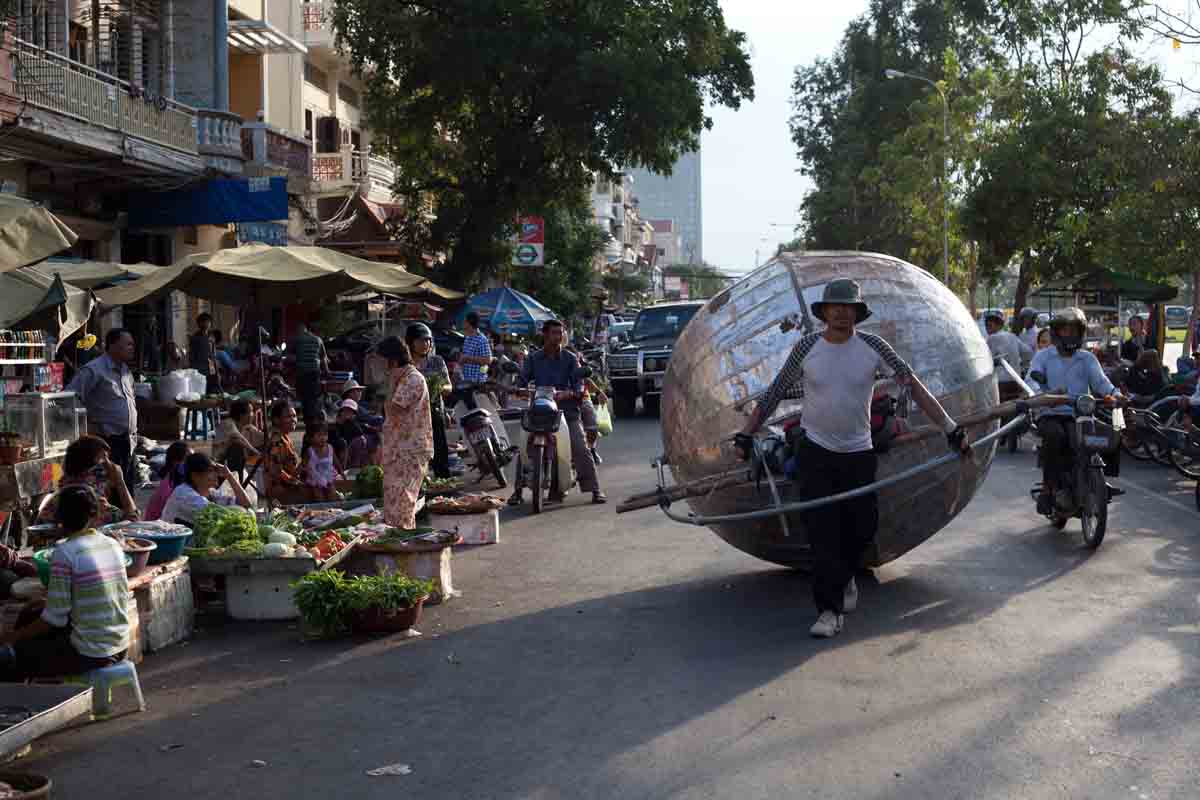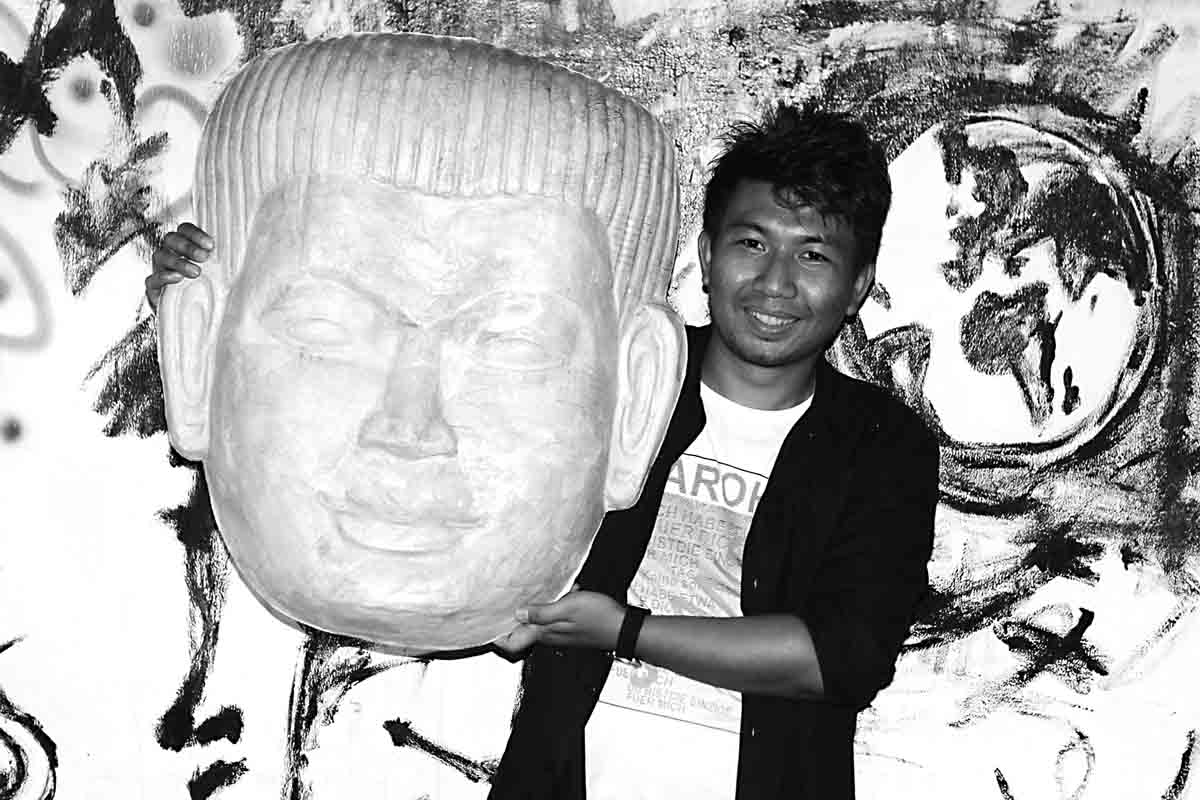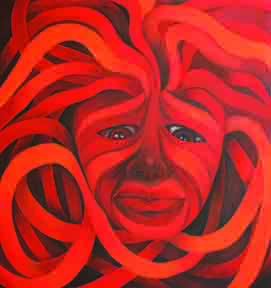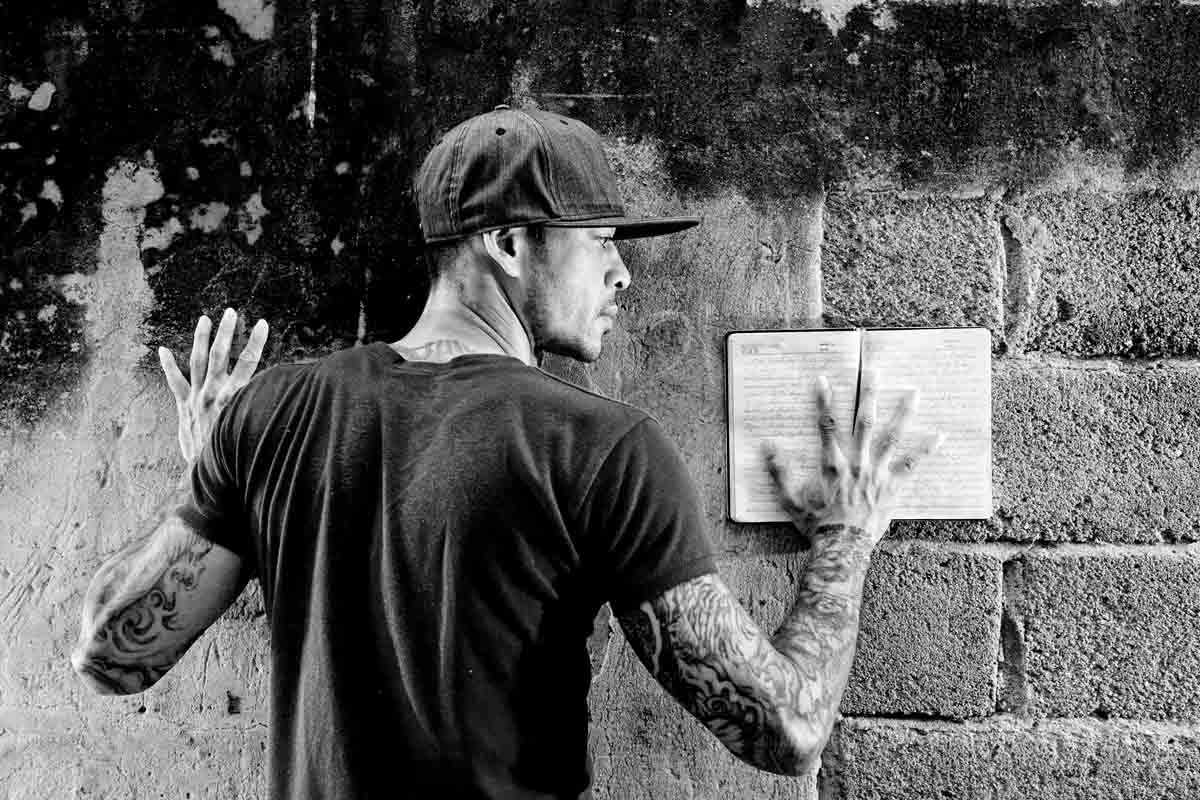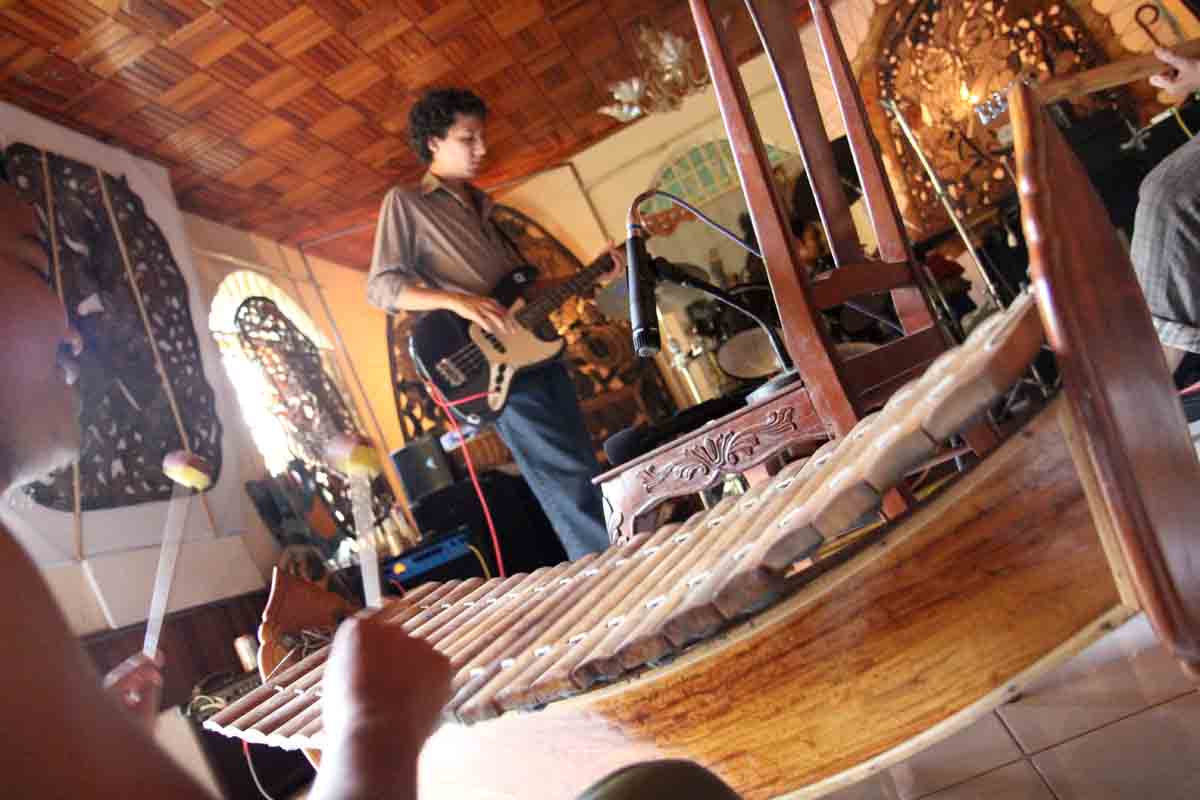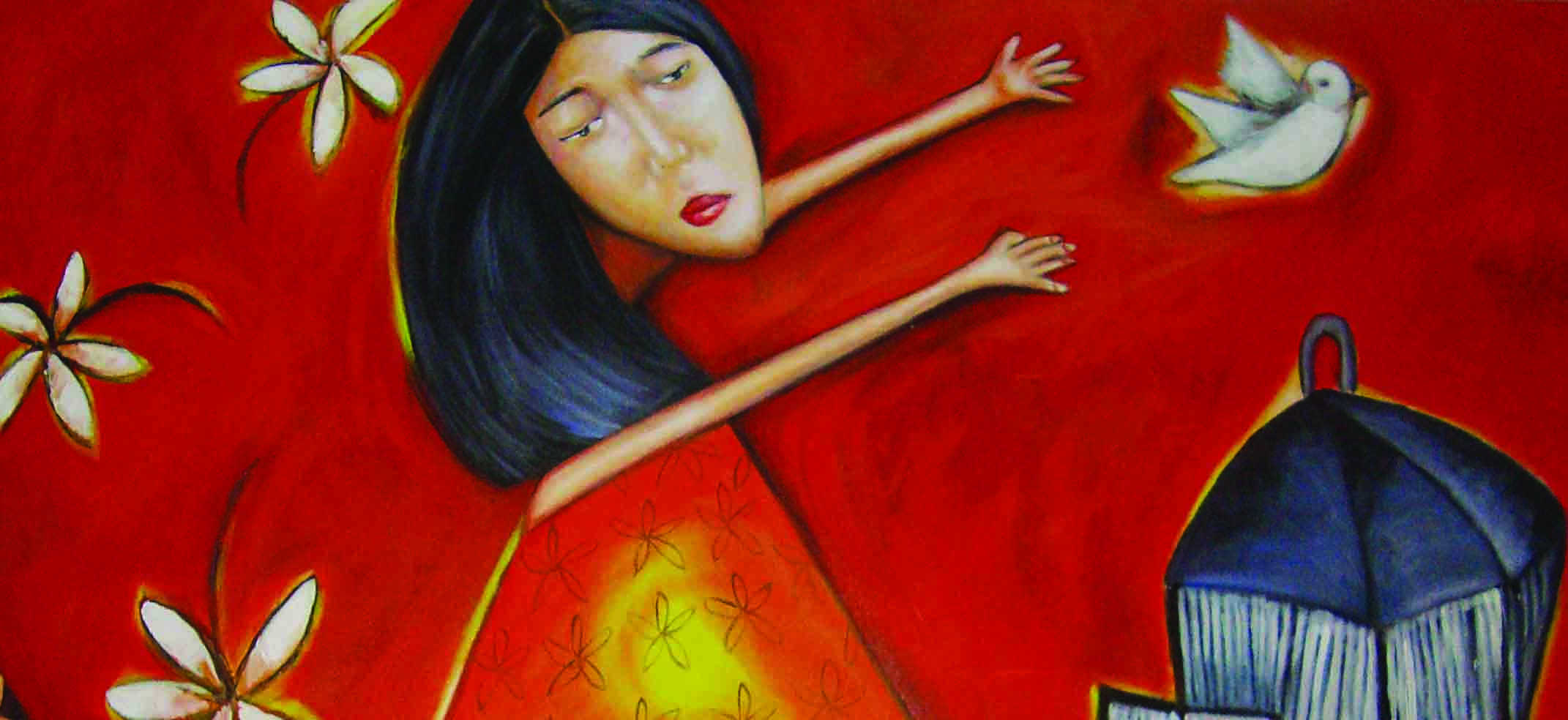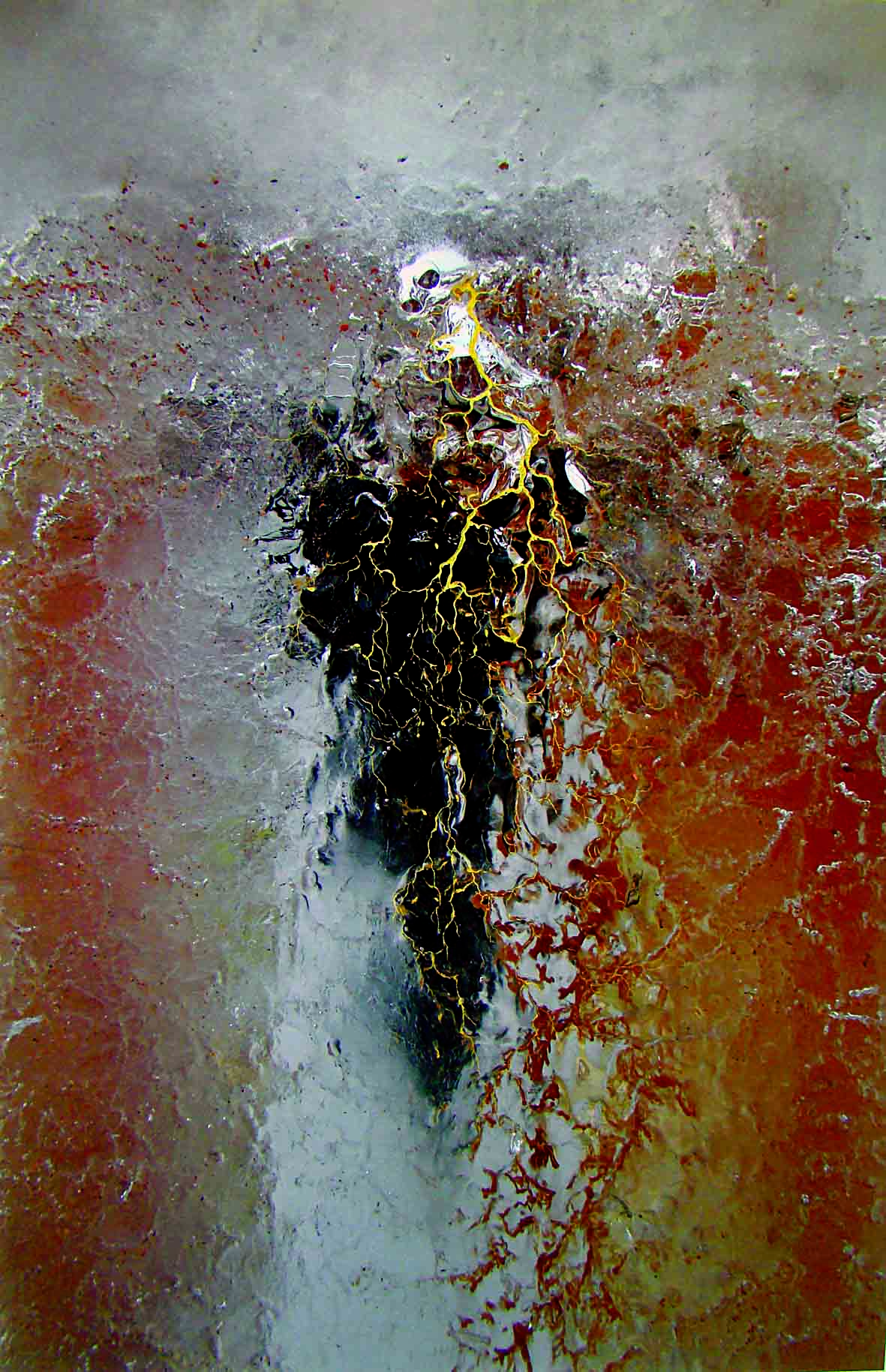The gritty side streets. The gilded temples. The markets. The people. The faces. Phnom Penh is a street photographer’s fantasy, an unlimited supply of intriguing scenes and standout locations.
For Dutch photographer Eric de Vries, who lives in Siem Reap, the capital offers a never-ending canvas of urban jungle, an unvarnished Asian metropolis in all its bustling splendour.
“Something is happening on almost every street corner,” he says. “It’s hectic; it’s the big city.”
De Vries – who leads a street photography workshop this weekend in Phnom Penh – works primarily in black and white. His images are moody and rich with contrast. He seems innately drawn to the existential struggle, making pictures infused with emotion and laden with multiple meanings.
“It’s all about timing,” he says. “Sometimes you’re in a good spot and have to be patient for the things to happen. In that case, you have time to frame the pictures right. Sometimes you shoot from a distance, to get the complete scene. Sometimes, you go up close and approach your subject in a sneaky way.”
As a genre, street photography is defined by its candid capture of life in public, unscripted and unrehearsed. The late French photographer Henri Cartier-Bresson was perhaps street photography’s greatest practitioner. Born in Seine-et-Marne in 1908, Cartier-Bresson was first a student of fine art, then a soldier and a hunter, before he turned to photography. As an artist, he came of age with the Surrealists, who embraced artistic rule-breaking and the free, uncontrolled flow of ideas.
In his first Surrealist Manifesto, published in 1924, Andre Breton defined Surrealism as “Psychic automatism in its pure state, by which one proposes to express – verbally, by means of the written word, or in any other manner – the actual functioning of thought. Dictated by the thought, in the absence of any control exercised by reason, exempt from any aesthetic or moral concern.”
It’s not hard to image Breton finding comfort in the chaotic hustle of Phnom Penh. The capital at times seems like a river of uncontrollable expression crashing against the steadfast barriers of first-world pretensions.
De Vries says that unruliness makes Phnom Penh a refreshing place to take pictures. “My favorite places are the local markets – Kandal, Olympic – because of the occasional chaos. The Building at Sothearos is also a very nice spot. It’s an old building, and it shows. Busy 24/7. Great for street photography.”
Cartier-Bresson called it “capturing the moment,” and during his workshops de Vries attempts to impart his experience not just identifying it, but learning to anticipate it. “Sometimes you catch the moment; sometimes you have to wait for it.”
A moment too soon and the facial expression isn’t right; the composition is off; the light is too harsh. Luck and natural talent are surely involved. Critiques from more experienced photographers help. But nothing can substitute for experience.
“Photography is not like painting,” Cartier-Bresson explained in a 1957 newspaper article. “There is a creative fraction of a second when you are taking a picture. Your eye must see a composition or an expression that life itself offers you, and you must know with intuition when to click the camera… Once you miss it, it is gone forever.”
WHO: Photographer Eric de Vries
WHAT: Street photography workshop
WHERE: The streets of Phnom Penh
WHEN: June 9 & 10
WHY: Learn to take pictures that don’t suck
